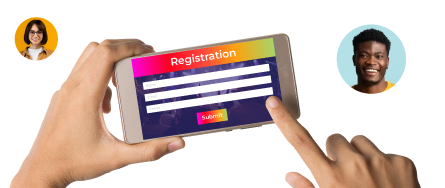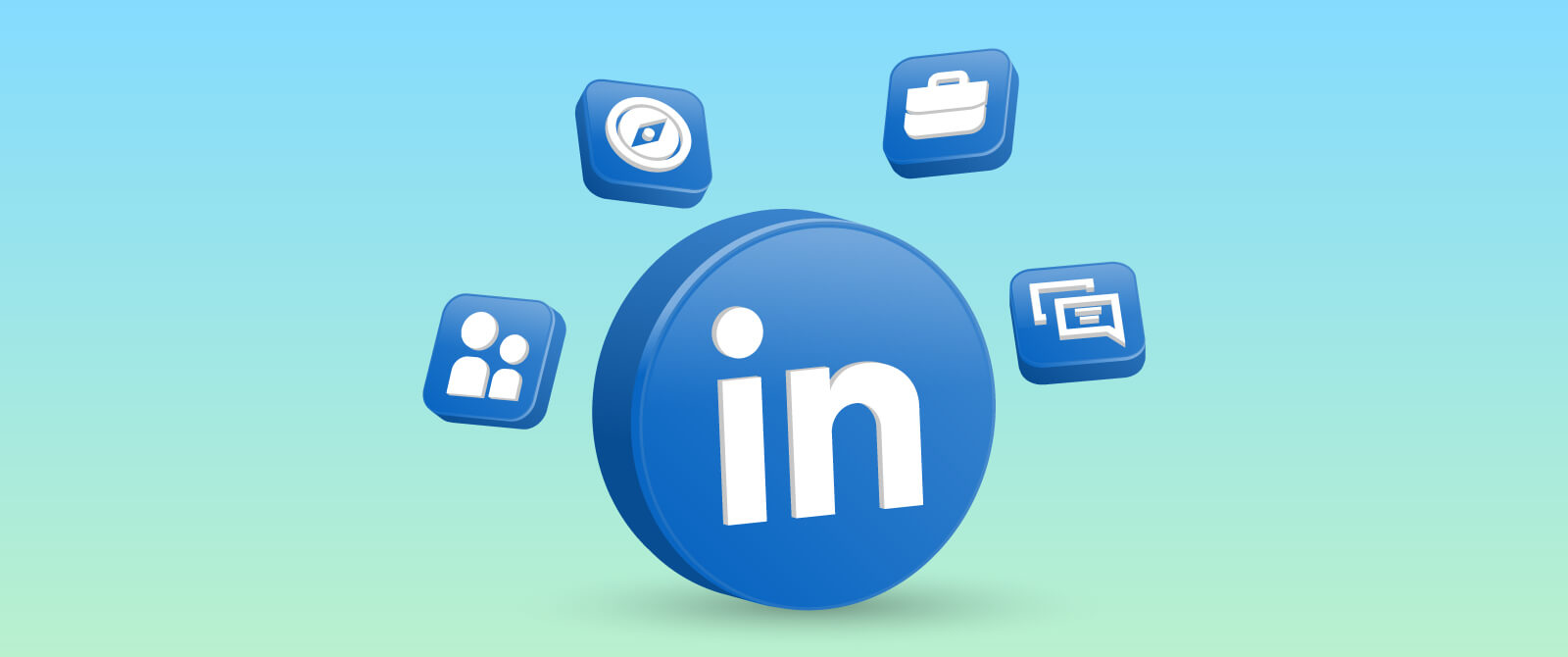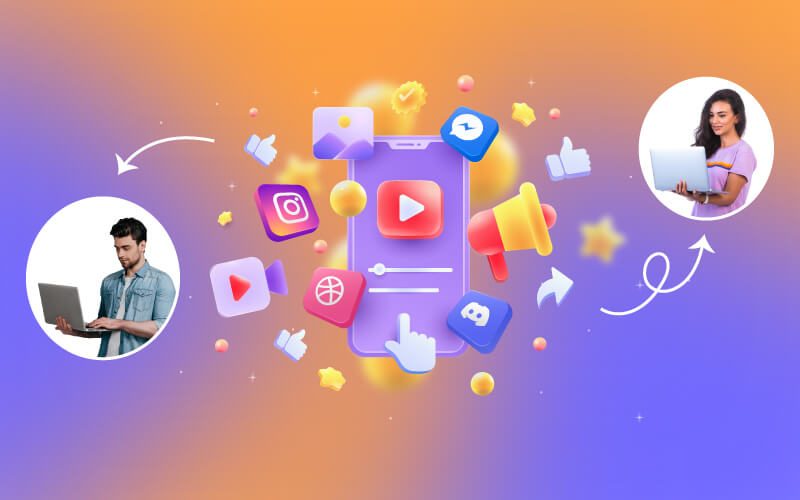LinkedIn event marketing is an essential platform in 2024, particularly for B2B marketers. Thanks to its professional audience, networking capabilities, and advanced features, it becomes a potent instrument for the promotion of events. This comprehensive LinkedIn Event Marketing guide explores how to leverage LinkedIn to maximize event success, covering setup, promotion, engagement, and post-event strategies.
Table of Contents
Understanding LinkedIn Event Marketing
LinkedIn Event Marketing refers to utilizing LinkedIn’s features and tools in promoting, engaging, and organizing events. It is important to gain access to a professional audience and facilitate networking thus boost event attendance. LinkedIn is different from other social media platforms meant for promoting events because of its niche professional audiences and advanced engagement features.
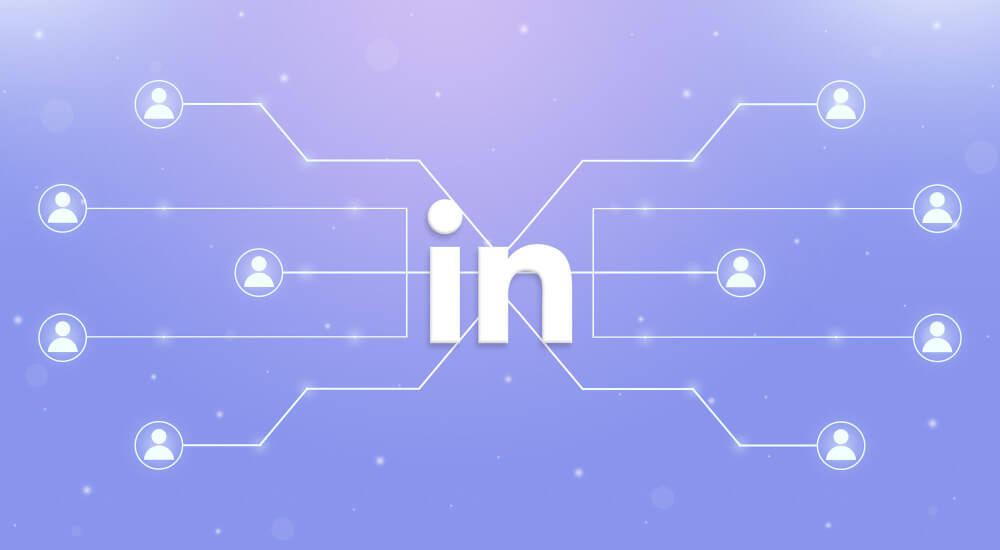
LinkedIn’s Unique Advantages
LinkedIn offers several advantages that make it an ideal platform for event marketing:
Professional Networks: LinkedIn gives access to a large network of professionals from different sectors, thus enabling event organizers to reach their intended audience more efficiently.
Precise Targeting Options: Using LinkedIn’s advanced targeting capabilities empowers marketers to narrow down to specific demographics, industries, job titles as well as interests; hence making sure that the people who are most favored by the promotions for events are reached out to.
Engagement Tools: LinkedIn has multiple tools for increasing engagement such as:
LinkedIn Live: It enables live streaming of events, and real-time attendee interactions and expands coverage.
LinkedIn Stories: A feature that allows individuals to share brief yet gripping content that generates anticipation and enthusiasm for an event.
Event Pages: Pages dedicated to events where hosts can post updates, communicate with participants, and provide necessary information.
Networking Opportunities: The platform LinkedIn is essentially meant for networking so that attendees can connect easily before, during, and after the events. By doing so, individuals can have stronger relationships and as a result, experience better events.
Analytics and Insights: LinkedIn furnishes elaborate statistics and intelligence about the event’s success, attendee participation, and promotion efficiency. These figures help the management to polish their strategies for forthcoming events.
Content Sharing: Before the event takes place, event organizers are capable of generating a lot of hype and giving some useful information to people by sharing articles, videos, and infographics through various sources.
Setting Up Your LinkedIn Event
Learning how to set up a LinkedIn event correctly is vital in guaranteeing that the event is a success and that your target audience is reached effectively. Check these key pointers:
Creating an Event Page
First things first, make an event page on LinkedIn. Choose the ‘Events’ section and then click ‘Create Event’. Fill in the necessary information such as event name, date, time, and location. To improve your event branding, pick out a captivating cover image that is relevant to your event’s topic.
Optimizing Event Details
Create an attractive title and description for an event. Describe the purpose of the event, its agenda, and what guests stand to gain concisely. For improved search visibility, incorporate key phrases such as LinkedIn Event Marketing and social media event promotion.
Event Settings and Privacy
Choose the right settings for the event. Depending on your target audience, you can select either a public or a private event. Public events are seen or can be opened by anyone, whereas private events require an invitation to access them. Boost event attendance can be made possible if these settings are put right because they allow the right audience to get in touch with the event.
Promoting Your Event on LinkedIn
When you promote your initiatives on LinkedIn, they will be brought before a professional audience effectively. Here are some age-old options that you can go with regarding utilizing LinkedIn for promoting events:
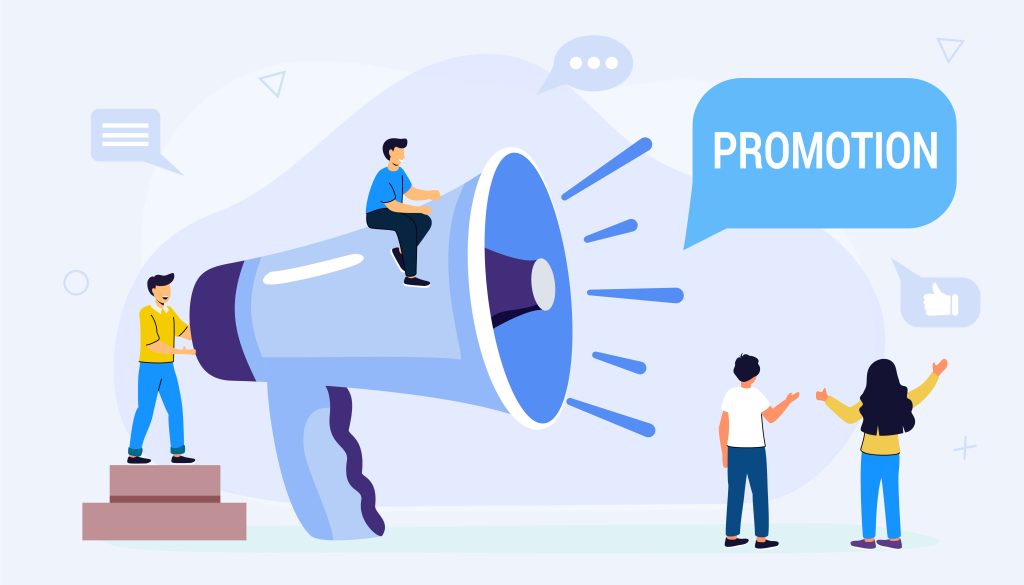
Utilizing LinkedIn Ads
Different types of ads for event promotion are available on LinkedIn. These include Sponsored Content, Sponsored email, and Text Ads. An ad campaign can be set up by targeting particular demographics, industries, or job titles. You will need to allocate some money for your ad campaigns and then check how they are performing so that you can make improvements in the future. This approach is one of the most prominent in any useful event marketing guide because it helps in achieving the best possible results.
Organic Promotion Strategies
Use your network well by sharing the event on your LinkedIn company page or profile. Tell employees and speakers to share the event with their contacts too. Also, participate and make a post in related LinkedIn groups for broader coverage, a strategy crucial in social media event promotions.
Engaging Content Ideas
Upload interesting articles before the event. They can consist of teaser videos, speaker announcements, as well as behind-the-scenes posts. Don’t forget to apply success strategies in marketing on LinkedIn by sharing profound posts about the event topic using the LinkedIn article feature, to be perceived as an influential person in the area of LinkedIn Event Marketing.
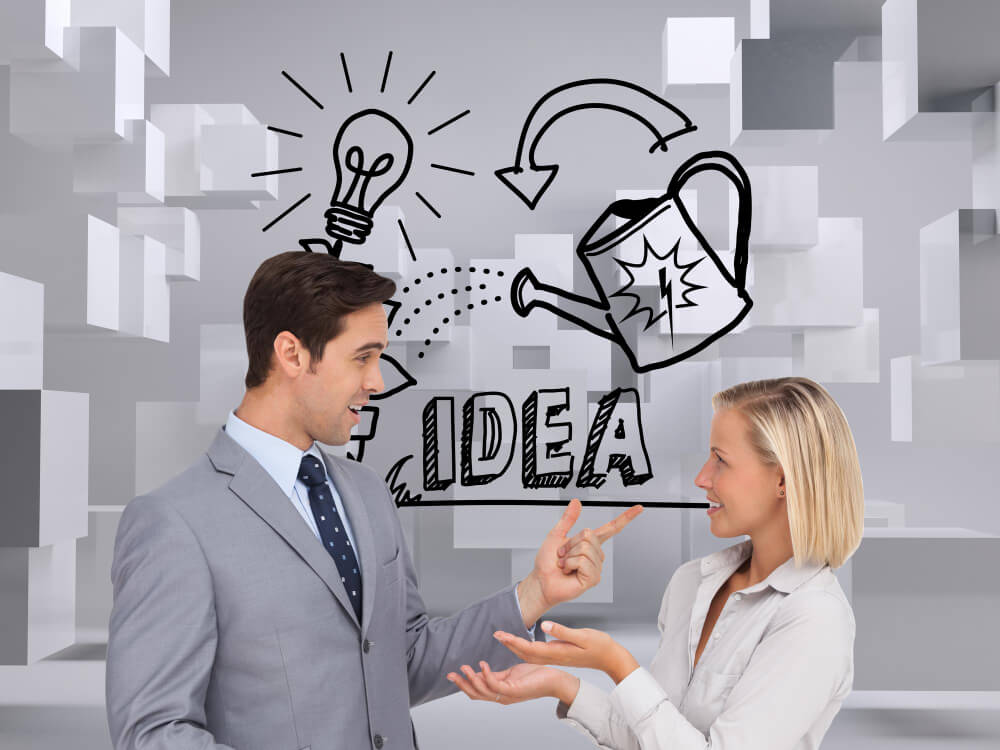
Leveraging LinkedIn Features for Event Marketing
The ability to use LinkedIn features for advertising events will greatly improve outreach and engagement among professionals. In the following section, we will demonstrate how these tools and features on LinkedIn can be effectively employed:
LinkedIn Live
The LinkedIn Live feature facilitates live streaming. Make use of it to promote events before they start, to announce important event sessions during your live broadcast as well as to summarize all matters arising after the close. Attend to live comments and questions from your audience as you air the event in progress. This form of live communication is instrumental in increasing event turnout and elevating its brand identity.
LinkedIn Stories
LinkedIn stories are temporary messages that vanish in less than a day. They help include countdowns, beyond-the-scenes snapshots as well as real-time reports on the occasion. This adds an individual reflection to them thus always keeping them engaged with the recipient thereby making your guide on marketing events more alive.
LinkedIn Articles and Newsletters
Publishing long-form articles and newsletters on LinkedIn can help build anticipation and provide valuable insights related to your event. Share articles that delve into the event’s topics, showcase speakers, and offer practical tips for attendees. This content can be crucial for social media event promotion and strengthening your event branding.
Engaging Attendees Pre-Event
Engaging participants in advance is very important. To create anticipation, guarantee attendance, and lay the foundation for a prosperous event experience, you must engage participants even before the event. Here are several important strategies and things to keep in mind while involving participants before the event:
Building a Community
To nurture engagement, make possible for prospective delegates a bonding environment. LinkedIn discussion groups or events are forums for connectedness and socializing among participants. Initiate deliberations through questioning or sharing significant materials that are related to the topic at hand. This will in turn lead to a substantial boost event attendance during the big days.
Pre-Event Surveys and Polls
You can gather feedback to tailor the event according to your audience’s desires using LinkedIn survey and poll capabilities. The expectation would be to query their preferences and interest levels. Apply the analysis findings to enhance the event experience plus make the event marketing guide more meaningful.
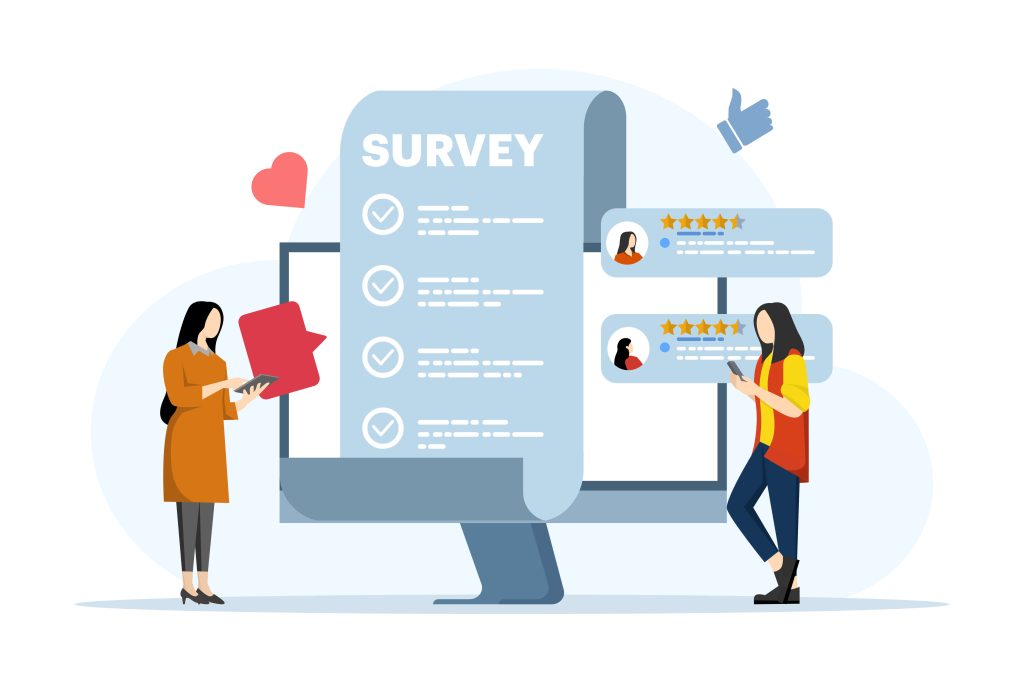
Personalized Invitations
Send individualized invitations to potential participants. Make the message relevant to them and show how the event fits into their lifestyles or careers. By personalizing your invitation like this, you encourage more people to come to your event while building its brand too.
Maximizing Event Day Engagement
It is very essential to maximize event day engagement, as this impacts the satisfaction of attendees and achievement of event objectives. Here are a few things that you should look out for if you are planning on boosting the engagement during the day of your event:
Live Interaction Techniques
Implement interactive methods that will encourage active participation in the event; interactive techniques like Q&A sessions, real-time chats with attendees, or even live polls should be Incorporated. Always respond to any of the comments and questions that arise during the session so that you create an environment where everyone feels part of it. These strategies are critical components of LinkedIn Event Marketing.
Real-Time Updates
LinkedIn requires regular updates in real-time so that visitors remain up-to-date and connected. Posting highlights, key takeaways, and moments of note as they occur helps to keep the online audience involved and makes the live experience better, this is very critical for social media event promotion.
Post-Event Networking
Encourage participants to engage further with it and network informally after the event; ask them, even if they found anything particularly interesting, whether they would like to have an email conversation. Ensure that there is some sort of ongoing conversation such as follow-up discussions etc so that people don’t forget about your logo points throughout the timespan.
Post-event Follow-up and Analysis
Analyzing and following up after an event are critical stages in the management of events because they help in the improvement of events that will happen in the future and ensure that impact is at its maximum. Here are some of the key considerations:
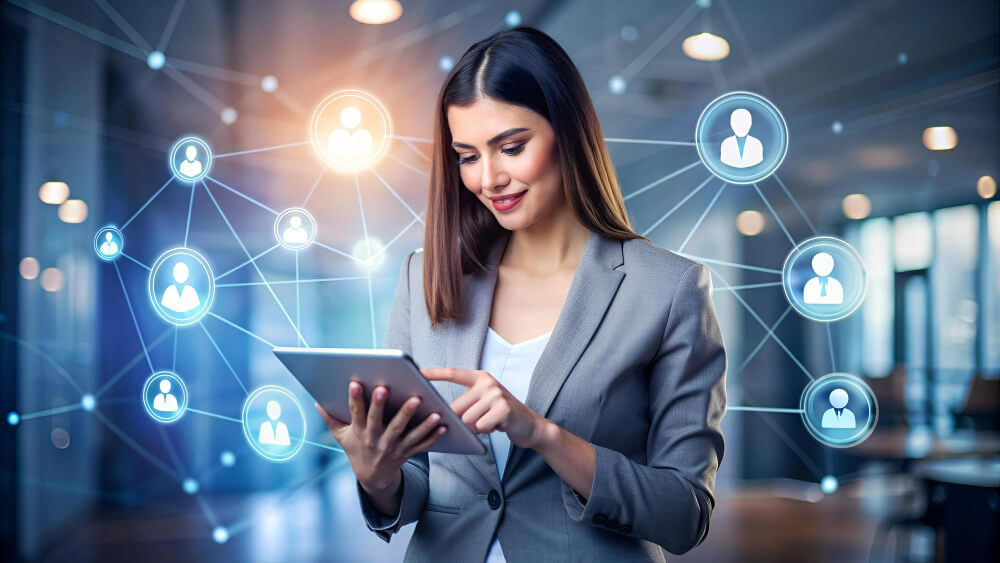
Thanking Attendees and Speakers
Write personalized thank-you notes for your invitees as well as the speakers thus appreciating them. By posting them on LinkedIn, you may consider tagging them, so that they are more visible and encourage participation. As a result, it enhances event participation during subsequent events while at the same time reminding people about the event.
Sharing Event Highlights
Employ LinkedIn to disseminate essential learnings, event recordings, and attendees’ testimonies. Such content can broaden the event’s outreach and benefit those who missed it. It also makes for a great promotion strategy for social media events.
Analyzing Event Performance
It is essential for any good event marketing guide to analyze such important things as the number of those who attended, the level of engagement registered, and feedback received via LinkedIn Analytics from stakeholders during the event. Consequently, once one has analyzed such indicators they will be able to point out some positives in what they did well and other aspects that require more attention in future events.
Case Studies and Success Stories
Case studies and success stories are important for better understanding. These include:
Highlighting Successful LinkedIn Event Campaigns
Showcase real-world examples of successful LinkedIn event marketing campaigns. Highlight what made them successful and the strategies they used. This provides practical insights and inspiration for your readers, demonstrating the power of LinkedIn Event Marketing.
Lessons Learned
Go on about the most important things you got from these studies, as well as what we should do with them. Especially those strategies that members of the audience could use for their campaign efforts on LinkedIn are worth discussing. They are essential lessons that should be part and parcel of any manual on event marketing.
Summarize key points covered in the guide by stressing how essential the comprehensive strategy of LinkedIn event marketing is. Strengthen the idea that a blend of appropriate LinkedIn strategies and characteristics could result in a boost event attendance and improved event branding.
Simplify Event Planning Hassle-Free
